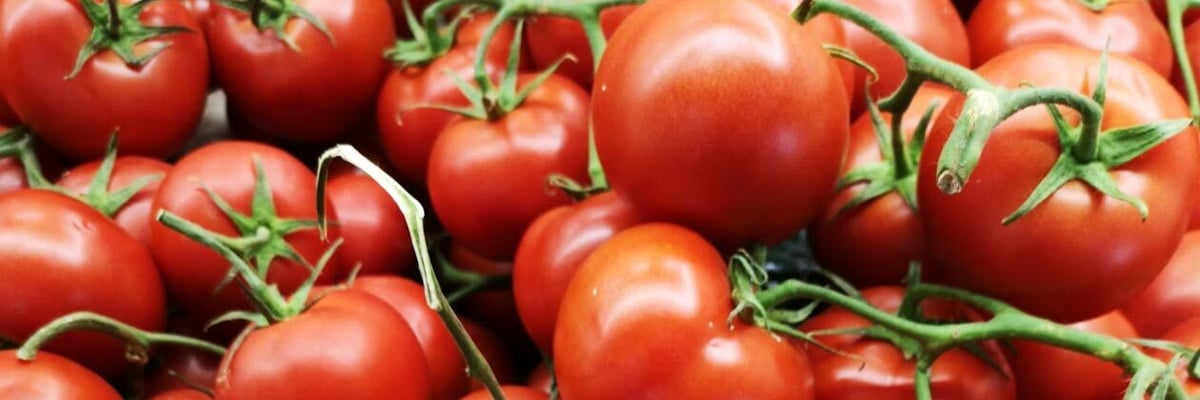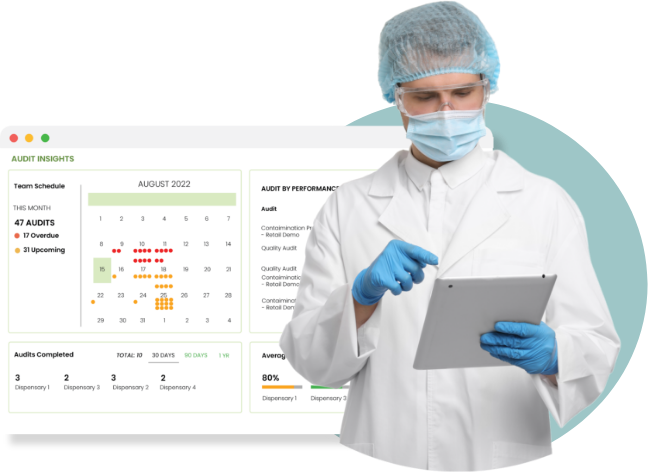Author: Ben Hartman | October 29, 2025 | 3 Min Read
Persistent Salmonella Outbreak Sickens Hundreds of People in Dozens of Countries - Including U.S. and Canada

Hundreds of people across almost two dozen countries in Europe and North America have fallen ill in a Salmonella outbreak linked to cherry tomatoes from Sicily that was first reported in January 2023.
According to the European Centre for Disease Prevention and Control, the outbreak of Salmonella Strathcona had by late October resulted in 437 confirmed cases in 17 European Union/European Economic Area countries, with Italy, Germany, and Austria the countries most affected. Cases have also been reported in the United Kingdom, as well as Canada (24 reported cases), and the United States (10 cases).
The press release by the ECDC stated that the strain of Salmonella behind the outbreak was first detected in Denmark in 2011, and was also linked to tomatoes from Sicily.
Environmental monitoring has played a key role in the investigation of the outbreak. The strain of Salmonella was detected “in a sample of irrigation water collected from a primary production site, confirming the role of the environment in product contamination,” the ECDC stated. The ECDC added that the fact that the transmissions have spanned multiple years indicates the persistence of the contamination sources.
“These findings highlighted the need for a multi-disciplinary strategy integrating environmental assessments to mitigate the risk of Salmonella contamination,” the ECDC stated.
A study published in the journal Eurosurveillance found that at least 154 people had been hospitalized so far in the outbreak.
According to the study, the fact that the serovar continues to reappear in Europe indicates “a possible environmental or agricultural reservoir, such as contaminated water, which facilitates its persistence.”
Climate Change and Food Safety
In an interview with Rootwurks in June, Columbia University Professor Lewis H. Ziska spoke of the ways in which climate change is worsening severe weather events, potentially causing more common and dangerous food contamination outbreaks.
"If you have a drought and water is difficult to come by, and you have to use water that is contaminated. Then that may be a source of salmonella, or it may be a source of listeria, or it may be a source of some other pathogens that can contaminate your food, even if the food looks good.”
He also noted that more frequent floods create more runoff that pollutes water supplies such as agricultural reservoirs, potentially contaminating food.
“The change in climate will have a direct effect in terms of moving these pathogens around so that they can contaminate the food while it's still in the field before it's even been picked,” Ziska said.
Millions of Eggs Recalled in U.S.
The tomato outbreak wasn’t the only Salmonella-related news to make headlines in late October.
On October 20th, the FDA published an announcement advising consumers to avoid recalled eggs produced by Black Sheep Egg Company of Walnut Ridge, Arkansas.
In late September, the FDA reported that during an inspection at the company’s processing facility, 40 environmental samples tested positive for a total of 7 different strains of Salmonella, including ones known to cause human illness. The recall has reportedly involved millions of eggs.
In June, an egg-related Salmonella outbreak sickened more than 130 people.
How to Handle Produce Safely
While it is ultimately more important to prevent contamination at the source of an outbreak, the FDA lists a number of steps that can help mitigate risk when handling fresh produce:
- Wash your hands for 20 seconds with warm water and soap before and after preparing fresh produce.
- Cut away damaged or bruised areas of produce before preparing or eating.
- Rinse produce before peeling, so dirt and bacteria aren’t transferred from the knife onto the fruit or vegetable.
- Gently rub produce while holding it under plain running water. Soap and wash products are not necessary.
- Use a clean vegetable brush to scrub firm produce, such as melons and cucumbers.
- Dry produce with a clean cloth or paper towel
- Remove the outermost leaves of a head of lettuce or cabbage.
- Store perishable produce in the refrigerator at or below 40 degrees.
Contributors

Ben Hartman
From HACCP certification to the basics of hygiene, our on-demand courseware has you covered.



.jpg?width=120&height=80&name=Baby%20(1).jpg)






